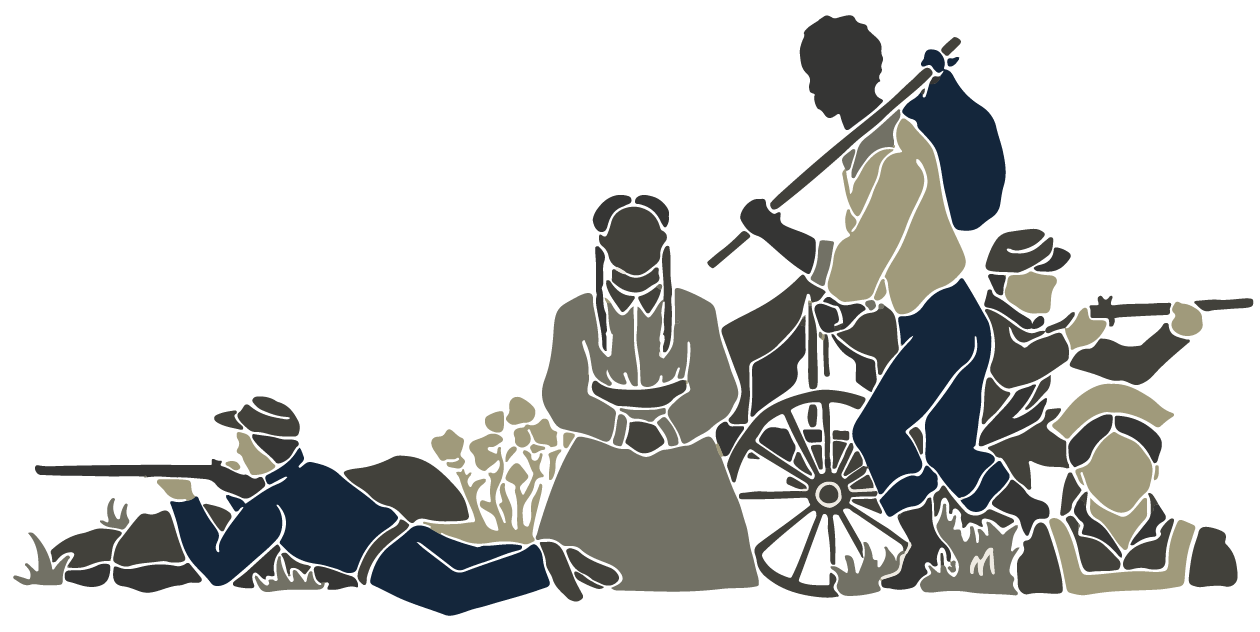6.8/10
63%
Ride with the Devil portrays a different style of warfare than the typical Civil War movie–the guerrilla warfare of Missouri. Two childhood friends join a pro-Confederate militant group of Bushwhackers after learning of the violent acts of the Unionist Jayhawkers. The film provides a view into this less well-known theater of the conflict and deals with issues such as politics, violence, and anger.
Ride with the Devil was produced as audience interest shifted from war epics to more intimate stories of the general public.
Film critics had mixed feelings about the film. They praised its use of personal and local histories in its storytelling and commended the film’s accurate depiction of the violence and bitterness of warfare, rather than drawing a romantic veil over the realities of warfare; however, many found it to be long and slow moving.
FURTHER READING
Books
Albert Castel, Winning and Losing in the Civil War: Essays and Stories, Columbia: University of South Carolina Press, 1996.
William Freehling, The South vs The South: How Anti-Confederate Southerners Shaped the Course of the Civil War, New York: Oxford University Press, 2001.
Articles
Kenneth Noe, “Who Were the Bushwackers? Age, Class, Kin, and Western Virginia’s Confederate Guerillas, 1861-1862,” Civil War History 49, no. 1 (2003).
Peter Barry, “Colonel Mitchell’s Wars: Confederates, Copperheads, and Bushwackers,” Journal of the Illinois State Historical Society 107, no. 3-4, (Fall/Winter 2014).
Film Reviews
Roger Ebert, “Ride with the Devil Movie Review,” Roger Ebert, December 17, 1999.
Stephen Holden, “Far From Gettysburg, A Heartland Torn Apart,” New York Times, November 24, 1999.
Paul Clinton, “Review: Ride with the Devil: Film at War with Itself,” CNN, November 26, 1999.
Return to the History of Film and the Civil War Project main page.
